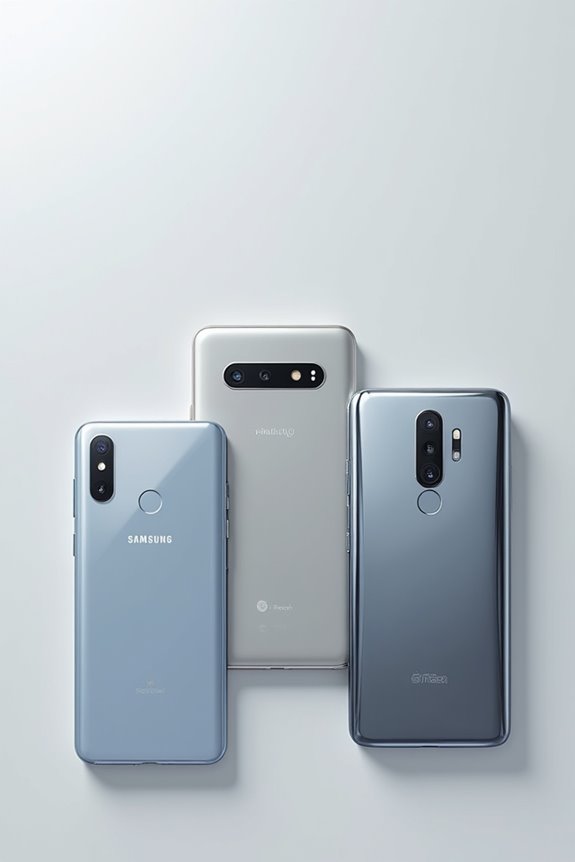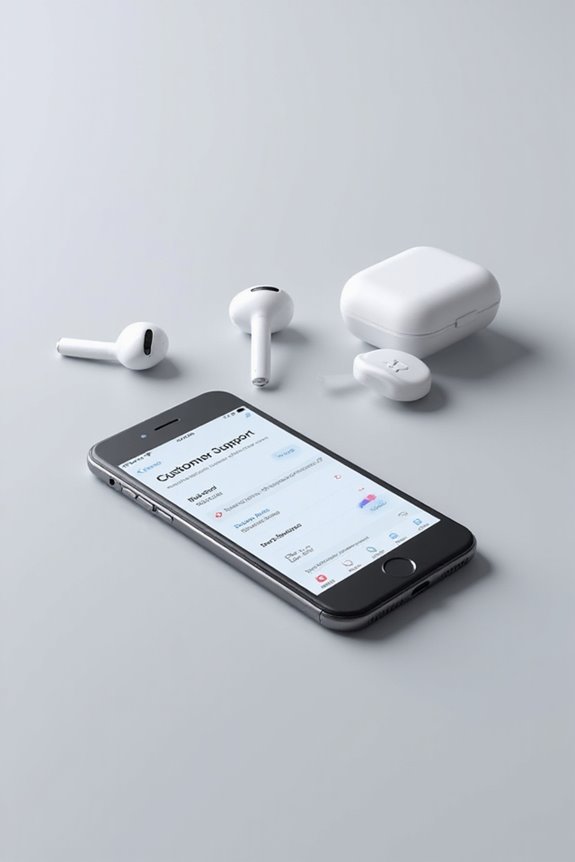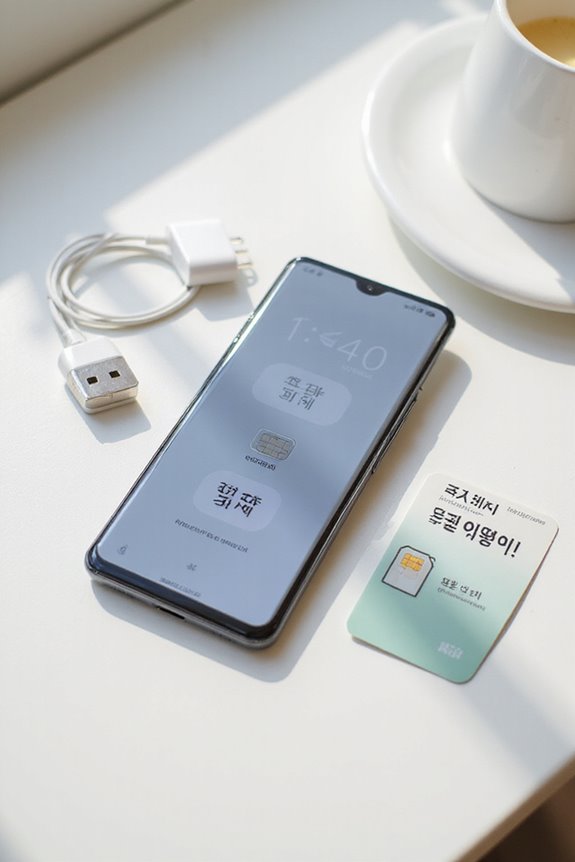Korean mobile phone brands play an essential role in the global market. Samsung Electronics dominates with a 22.5% market share, focusing on innovation in its Galaxy S and A series. LG Electronics has exited the smartphone sector, redirecting efforts to electric vehicle components. Pantech, known for its early Android adoption and fingerprint technology, continues to innovate. Together, these brands shape industry trends and respond to consumer needs, demonstrating the dynamic nature of the Korean mobile landscape. There’s much more to explore about their impact.
Key Takeaways
- Samsung Electronics is the leading Korean brand, holding a 22.5% global smartphone market share with innovative offerings like the Galaxy S series.
- LG Electronics has exited the smartphone market but focuses on high-margin industries such as electric vehicle components.
- Pantech was notable for being the first Korean manufacturer to adopt Android and has a history of innovative mobile devices.
- Other emerging brands capture about 5.5% of the market, pointing to potential growth opportunities in the Korean mobile phone sector.
- Hyundai and KT Corporation are diversifying into smart mobility devices and 5G infrastructure, enhancing connectivity and innovation in smartphones.
Samsung Electronics: The Dominant Force
As we explore the landscape of mobile phone brands, it’s essential to recognize Samsung Electronics as a dominant force in the global smartphone market. With a market share approaching 22.5%, Samsung maintains its leadership despite competition from Apple and Xiaomi. This success is largely attributed to Samsung’s relentless focus on innovation, particularly in its flagship Galaxy S25 and robust Galaxy A series. Through effective market strategies, we see Samsung balance premium offerings with mid-range devices, appealing to diverse consumer needs. By shipping approximately 60.5 million smartphones in Q1 2025 alone, Samsung’s adaptability is evident; shifting production to India may respond to potential tariffs. Overall, Samsung’s positioning and innovation secure its competitive edge in a slowly growing industry.
LG Electronics: A Shift in Focus
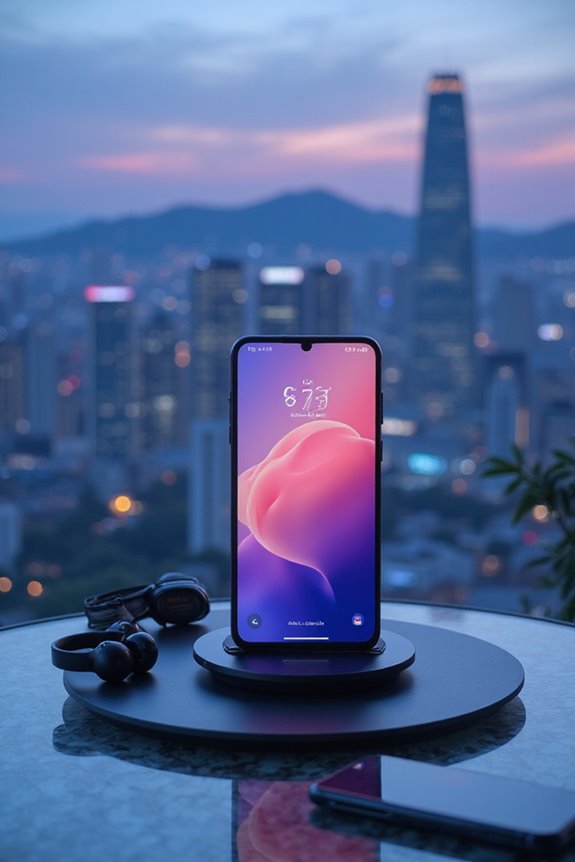
Despite being a leading player in the mobile industry at its peak, LG Electronics has officially exited the smartphone sector as of June 2025, marking a significant shift in its business strategy. This LG evolution reflects the company’s response to an incredibly competitive mobile phone market, where it struggled against dominant brands like Samsung and Apple, as well as rising Chinese manufacturers. Declining market share and profits led to the decision to cease smartphone production, redirecting resources toward higher-margin industries such as electric vehicle components and smart home technology. While LG’s smartphone exit means no new devices will be produced after June 2025, the company aims to innovate in B2B solutions, leveraging its legacy in early touchscreen technology for future growth.
Pantech: Innovation in Mobile Devices
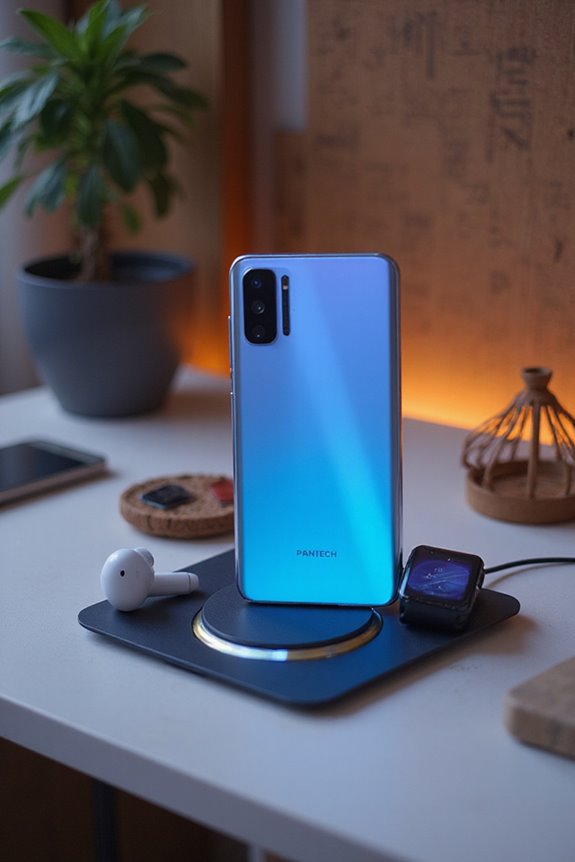
Pantech has made a notable impact in the mobile device industry by prioritizing innovation and design. Known for its Pantech innovations, the company was the first Korean manufacturer to adopt Android for smartphones and introduced groundbreaking features like fingerprint recognition in 2004. Despite its global presence, Pantech faced financial challenges, including significant debt restructuring. The company’s designs garnered numerous accolades, such as iF Design and red dot Design awards, highlighting their commitment to excellence. Iconic products, like the Vega series and the world’s smallest camera flip phone, showcased its inventive edge. While Pantech’s financial hurdles affected its trajectory, it remains a key player in recognizing the importance of innovation in mobile technology and user experience.
Hyundai and KT Corporation: Diversifying Tech Ventures
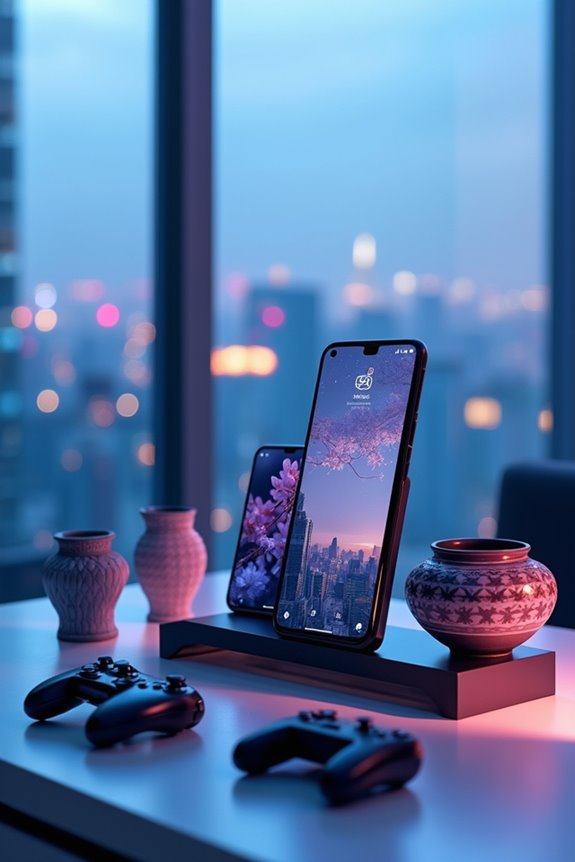
While Pantech has considerably contributed to mobile innovation, other companies in South Korea are also making notable advancements in technology. Hyundai’s innovation strategy is focused on Smart Mobility Devices and hydrogen technologies, targeting significant market shares in electric vehicles. By 2025, they’ll invest KRW 60.1 trillion to enhance electric and hydrogen fuel solutions, integrating 5G for efficiency in manufacturing. Simultaneously, KT Corporation is essential in expanding 5G infrastructure, supporting Hyundai’s connectivity needs, and enhancing smart factory operations. Their collaboration guarantees seamless integration of advanced technologies, like AI and IoT, into mobility solutions. Together, these efforts not only diversify technology ventures but also position South Korea as a leader in future mobility and smart technology ecosystems.
Market Statistics and Trends in 2025
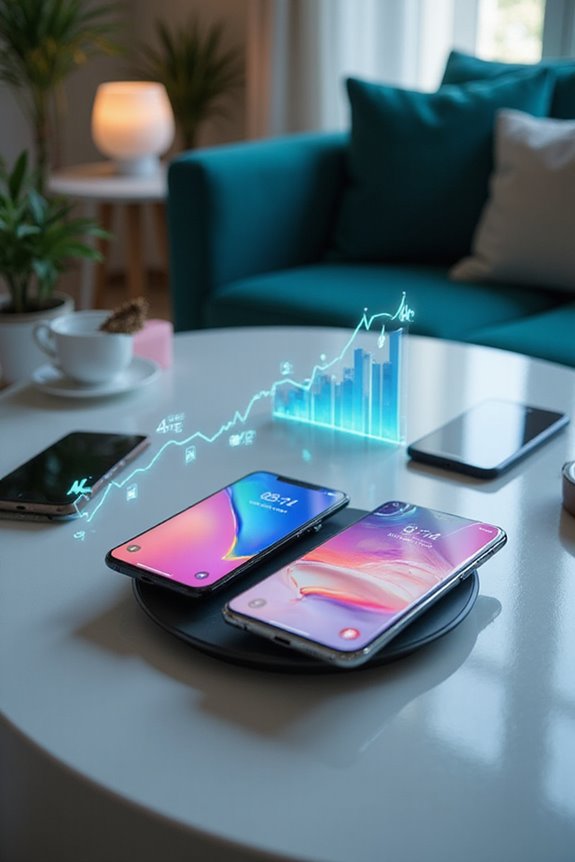
As we consider the South Korean mobile phone market in 2025, it’s evident that the landscape is heavily influenced by key players, primarily Samsung and Apple. Samsung commands approximately 68% of the market, while Apple holds around 24%. This significant dominance indicates a clear polarization in consumer preferences towards these brands, especially in the premium smartphone segment. The market is projected to grow at a compound annual growth rate of 13.7% between 2025 and 2035, primarily driven by advancements in 5G technology and increasingly media-centric devices. Additionally, emerging brands are capturing about 5.5% of the market, reflecting shifts in consumer demand and potential growth opportunities. Together, these trends illustrate the evolving dynamics of South Korea’s mobile phone market.
The Influence of Korean Electronics on Mobile Brands
The influence of Korean electronics on mobile brands is profound, as these companies have consistently shaped consumer expectations and technological configurations in the industry. Korean innovation laid the foundation for mobile technology advances. For instance, Samsung’s introduction of the SCH-6200 flip phone marked a significant evolutionary step in design and usability. By aggressively marketing their products and leveraging advancements like CDMA technology, Samsung and LG drastically altered the competitive landscape. This evolution allowed Korean brands to dominate the domestic market and eventually emerge as global leaders. Furthermore, the strategic partnerships between manufacturers and telecom providers further integrated advanced mobile services, ensuring that Korean mobile brands maintain their competitive edge amid evolving industry challenges and consumer preferences. Additionally, the 6-in-1 functionality of devices like the Medicube Age-R Booster Pro Beauty Massager showcases the innovative approaches Korean brands adopt to enhance user experience across various technology sectors.
Frequently Asked Questions
What Makes Samsung’s Galaxy Series Popular Among Consumers?
Samsung’s Galaxy series captures our interest with innovative features tailored to consumer preferences. Its blend of cutting-edge technology, appealing designs, and enhanced user experiences guarantees we stay loyal, excited about each new release.
Why Did LG Electronics Exit the Smartphone Market?
LG’s decision to exit the smartphone market stemmed from ongoing challenges in profitability and identity. By prioritizing growth in other technology sectors, we believe they’re positioning for a more sustainable future beyond smartphones.
What Innovative Features Does Pantech Offer in Its Smartphones?
When we think about Pantech innovation, their smartphones offered impressive features like advanced camera technology, vibrant displays, and power-saving battery improvements, all designed to enhance user experience and cater to budget-conscious consumers.
How Do Hyundai and KT Corporation Contribute to Mobile Technology?
Hyundai’s innovation in software and sustainable technology, combined with KT Corporation’s leadership in 5G deployment, greatly enhances mobile technology. Together, they’re shaping a future where connectivity and eco-friendly solutions go hand in hand.
What Are the Latest Trends in Korean Mobile Phone Design?
Did you know 80% of consumers prefer minimalist aesthetics in smartphones? We’ve noticed Korean designs blend sleek lines with bold colorways, creating appeal. There’s a focus on premium materials and innovative features that resonate with modern needs.

